#Jan et Joël Martel
Text

Jan et Joël Martel (1896-1966) - La Joueuse de Luth, 1932
751 notes
·
View notes
Text

Jan et Joël Martel
Nu de femme dite 'de l'U.A.M.', 1931
#jan and joel martel#jan martel#joel martel#jan et joel martel#sculpture#cubism#modernism#modernist art#art#fine art
174 notes
·
View notes
Photo

Joël & Jan Martel, Maquette de 'L'Arbre cubiste' du jardin Mallet-Stevens,
Pour l'Exposition Internationale des Arts Décoratifs et Industriels Modernes, 1925,
Painted Okoumé,
82 x 38 x 36,5 cm / 32 ¼ x 15 x 14 3/8 in.
Christie’s
#art#sculpture#abstraction#abstract#cubism#joel martel#jan martel#tree#mallet-stevens#exhibition#okoumé#paint#wood#Christie's#scale model#art decoratifs#1925#collectors
32 notes
·
View notes
Photo
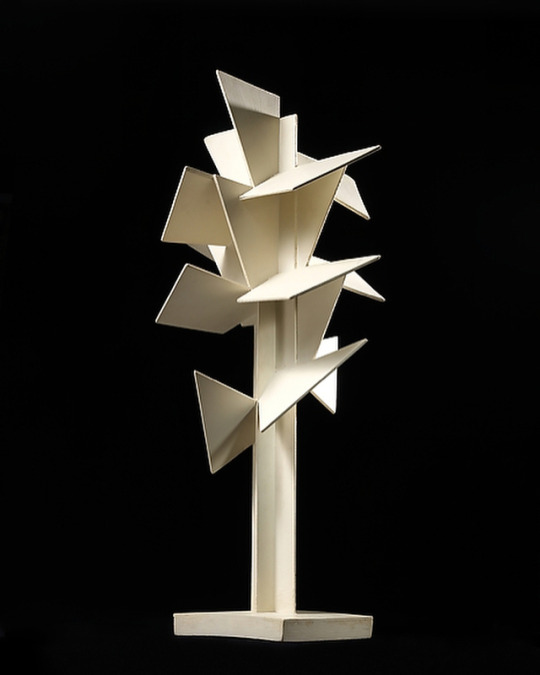
#JanMartel #JoelMartel, Maquette for Cubist Tree, 1925. “Twins Jan and Joël Martel are best known for the four concrete Cubist "trees" they designed for a garden at the 1925 Exposition Internationale des Arts Décoratifs et Industriels Modernes in Paris, a maquette of which is shown here. More than fifteen feet high, each tree had a cruciform trunk supporting quadrangular planes attached vertically and at angles, suggesting foliage. Like other examples of cutting-edge design at the fair, the Martel trees were derided in the popular press.” - via @metmuseum
3 notes
·
View notes
Photo
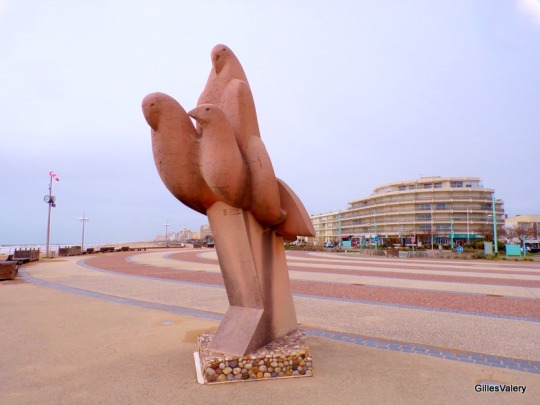
La statue des Oiseaux à Saint-Jean-de-MontsLa statue des frères Jan et Joël Martel "Les oiseaux de mer" a été inaugurée en 1964. Par cette œuvre, les jumeaux rendent hommage à Charles Milcendeau et Auguste Lepère, piliers fondateurs du "groupe de Saint Jean de Monts", groupe dont fit notamment partie le peintre Henri Simon.
0 notes
Photo
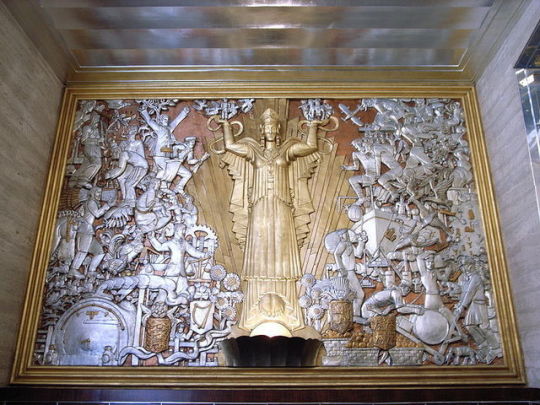
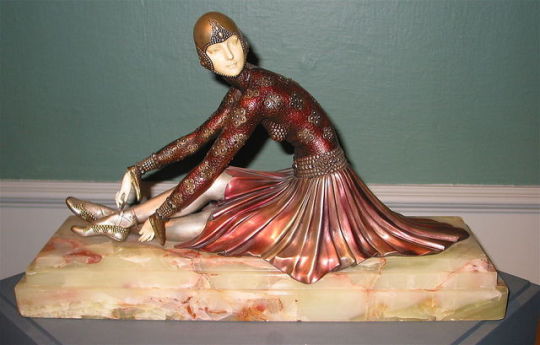


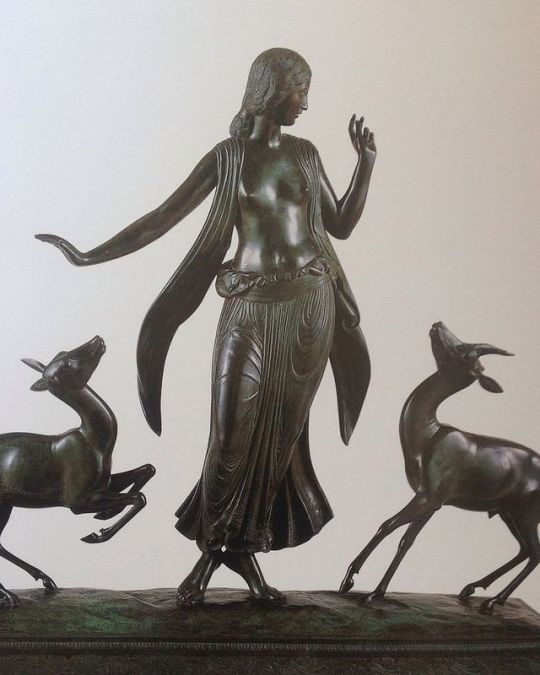
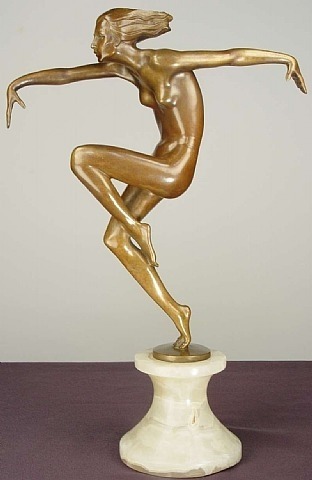
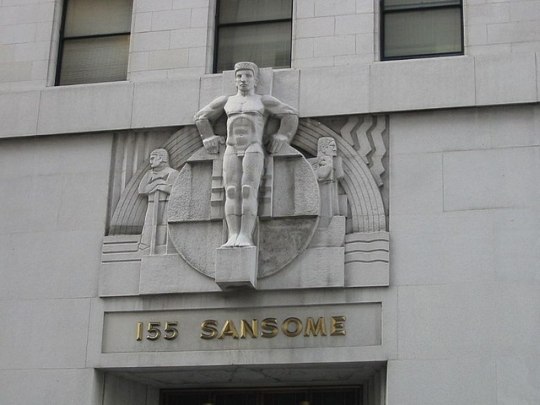
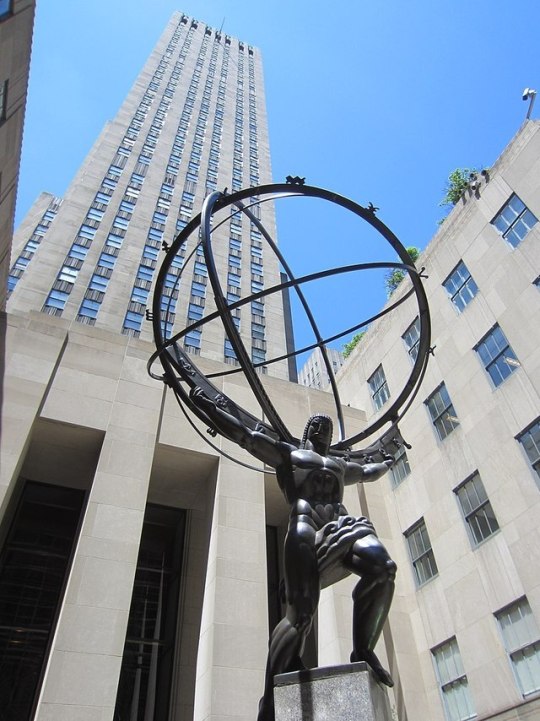
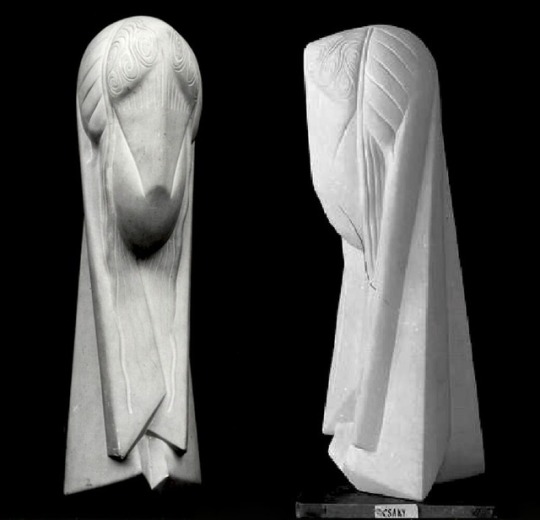

Sculpture of the Art Deco period was mainly designed to decorate office buildings, public squares, and private salons. It was almost always representational, usually of heroic or allegorical figures related to the purpose of the building. Themes were usually chosen by the patron, and abstract sculpture for decoration was extremely rare. It was frequently attached to facade of buildings, particularly over the entrance.
Allegorical sculptures of dance and music by Antoine Bourdelle were the essential decorative feature of the earliest Art Deco landmark in Paris, the Théâtre des Champs-Elysées in Paris, in 1912. Aristide Maillol reinvented the classical ideal for his statue of the River (1939), now held at the Museum of Modern Art in New York. The Paris City Museum of Modern Art, and the esplanade in front of the Palais de Chaillot, facing the Eiffel Tower, was crowded with new statuary by Charles Malfray, Henry Arnold, and many others.
In the United States, many European sculptors trained at the Ecole des Beaux Arts in Paris, came to work; they included Gutzon Borglum, sculptor of Mount Rushmore Lincoln Memorial. Other American sculptors, including Harriet Whitney Frishmuth, had studied with Auguste Rodin in Paris. The 1929 stock market crash largely destroyed the market for monumental sculpture, but one grand project remained; the new Rockefeller Center. The American sculptors Lee Lawrie and Paul Manship designed heroic allegorical figures for facade and plaza. In San Francisco, Ralph Stackpole provided sculpture for the facade of the new San Francisco Stock Exchange building.
One of the best known and certainly the largest Art Deco sculpture is the Christ the Redeemer by the French sculptor Paul Landowski, completed between 1922 and 1931, located on a mountain top overlooking Rio de Janeiro, Brazil. François Pompon was a pioneer of modern stylized sculpture. He was not fully recognized for his artistic accomplishments until the age of 67 at the Salon d'Automne of 1922 with the work “Ours blanc”, also known as “The White Bear”, now in the Musée d'Orsay in Paris.
One genre of the sculpture was called “the Chryselephantine statuette”, named for a style of ancient Greek temple statues made of gold and ivory. One of the best-known Art Deco salon sculptors was the Romanian-born Demétre Chiparus, who produced colourful small sculptures of dancers. Other notable salon sculptors included Ferdinand Preiss, Josef Lorenzl, Alexander Kelety, Dorothea Charol and Gustav Schmidtcassel.
Parallel with these more neoclassical sculptors, more avant-garde and abstract sculptors were at work in Paris and New York. The most prominent were Constantin Brâncuși, Joseph Csaky, Alexander Archipenko, Henri Laurens, Jacques Lipchitz, Gustave Miklos, Jean Lambert-Rucki, Jan et Joël Martel, Chana Orloff, and Pablo Gargallo.
https://helloohart.tumblr.com
#H'Art#helloohart#lordlypublic#qian sihua#sculpture#art deco#1920s#1920s art#roaring twenties#roaring inspiration#visual arts#modernism
2 notes
·
View notes
Text
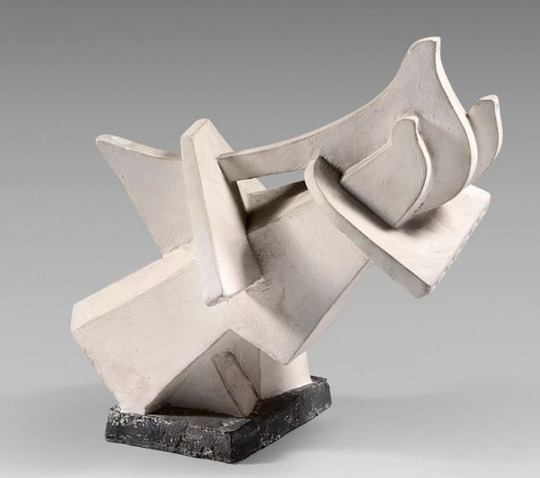
Jan et Joël MARTEL - Fontaine des Ciments Français, vers 1963
48 notes
·
View notes
Text
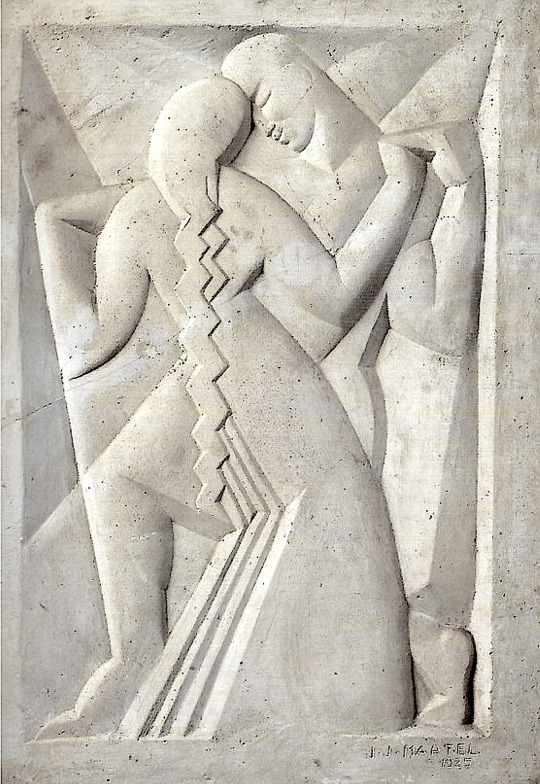
Joël et Jan Martel - Bas Relief, 1925
161 notes
·
View notes
Text

Jan et Joël Martel - Sainte Suzanne dite "Dame au livre", ca. 1935
51 notes
·
View notes
Photo
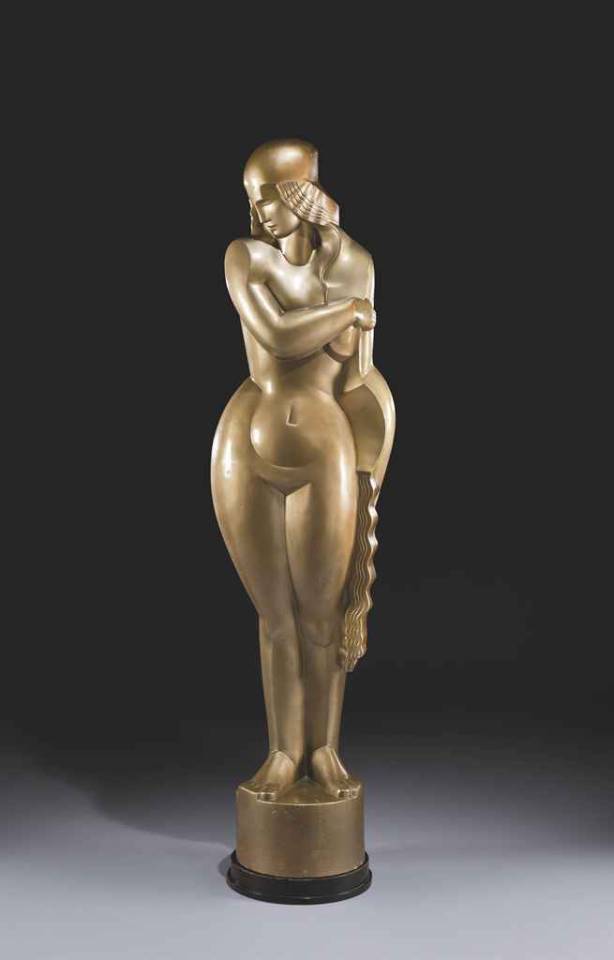
Jan et Joël Martel (1896-1966) - Nu Féminin dit de l’Uam, 1931
88 notes
·
View notes